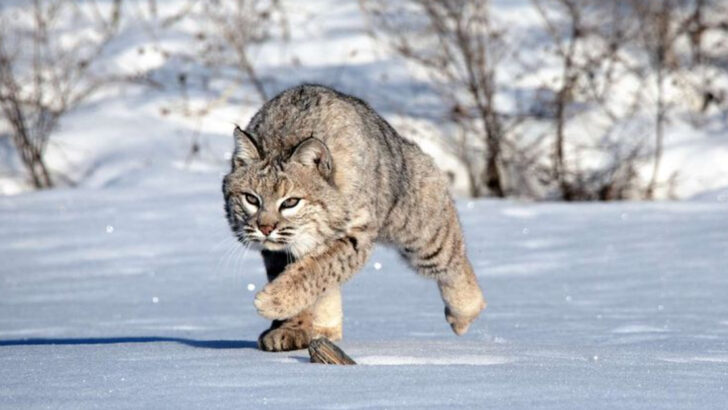They may look like oversized house cats, but bobcats are built for the wild—not your living room. With jaws strong enough to crush bone and instincts sharper than any collar you could slap on them, these stealthy predators were never meant to nap on the couch. They don’t fetch. They don’t cuddle. And they definitely don’t want to wear a harness. In the wild, bobcats play a crucial role—keeping rodent populations in check and quietly balancing the food chain. They thrive in forests, deserts, and mountains, slipping through the shadows without a sound. Trying to domesticate one? That’s where things get messy. Loud, lonely, and always on edge, a captive bobcat isn’t just unhappy—it’s a disaster waiting to happen. Let them stay wild, where they belong. Your sofa (and your sanity) will thank you.
Balancing the Ecosystem
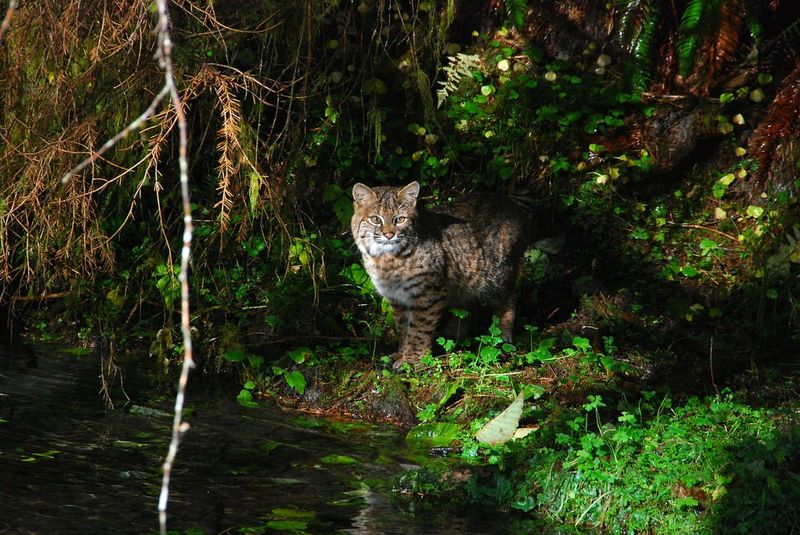
Bobcats are nature’s stealth operators, keeping ecosystems balanced. Their presence helps control rodent and rabbit populations. A single bobcat can cover large territories, ensuring small mammal numbers don’t explode.
This natural pest control supports healthier ecosystems, reducing competition for resources among other wildlife.
In maintaining these balances, bobcats contribute to the flourishing of various species, from birds to reptiles. Their ecological role is indispensable, making them crucial for biodiversity.
Adaptability in Habitat
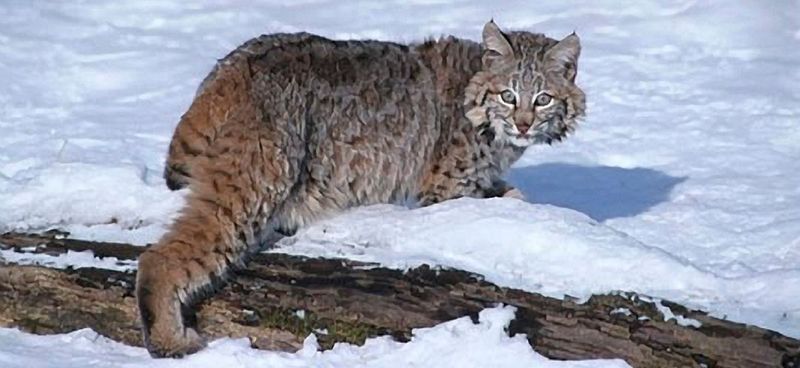
With the agility of a gymnast, bobcats navigate diverse habitats. From dense forests to arid deserts, their adaptability is unmatched.
They flourish even near suburban areas, though they prefer solitude over human interaction. This adaptability ensures their survival across the continent.
Yet, wherever they roam, bobcats maintain their elusive nature, avoiding human contact wherever possible.
Unpredictable Nature
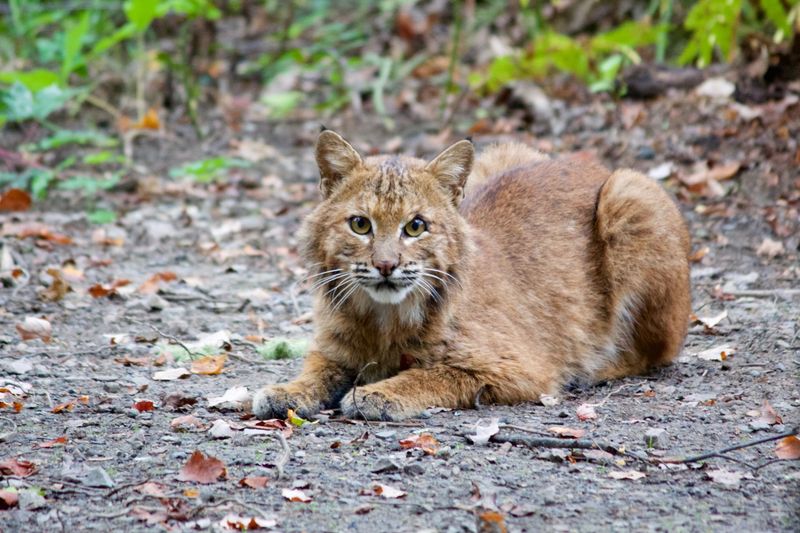
Imagine trying to domesticate a tornado. Bobcats, with their fierce independence, cannot be tamed. Even with early handling, their unpredictable nature remains.
As solitary hunters, they may scratch, bite, or attack when startled or bored. This wild instinct makes them ill-suited for domestic life.
Their unpredictability is part of their charm in the wild, but a significant challenge in a home setting.
Territorial Needs
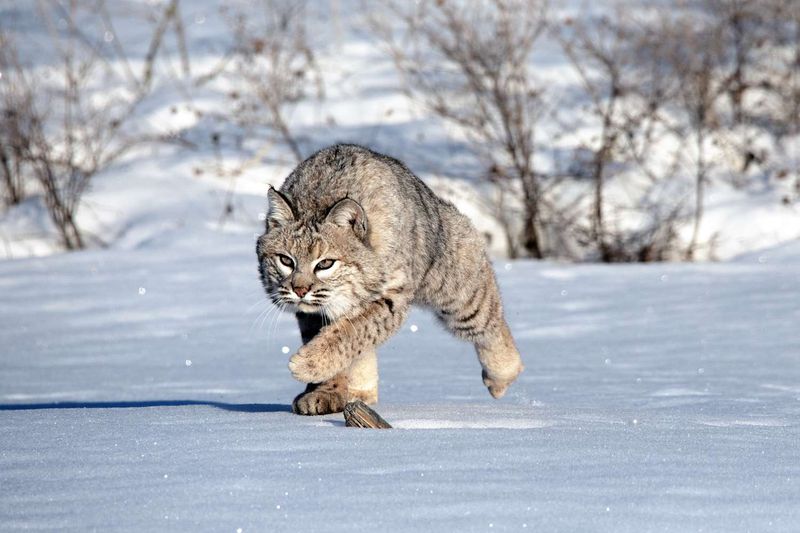
Bobcats are wanderers at heart, requiring vast territories to thrive. In the wild, they roam miles daily, exploring and hunting.
Confinement to a house or small yard leads to stress and frustration. Their natural behavior can’t be suppressed without consequences.
Attempting to cage such free spirits only triggers aggression, a stark reminder of their wild roots.
Potential Danger
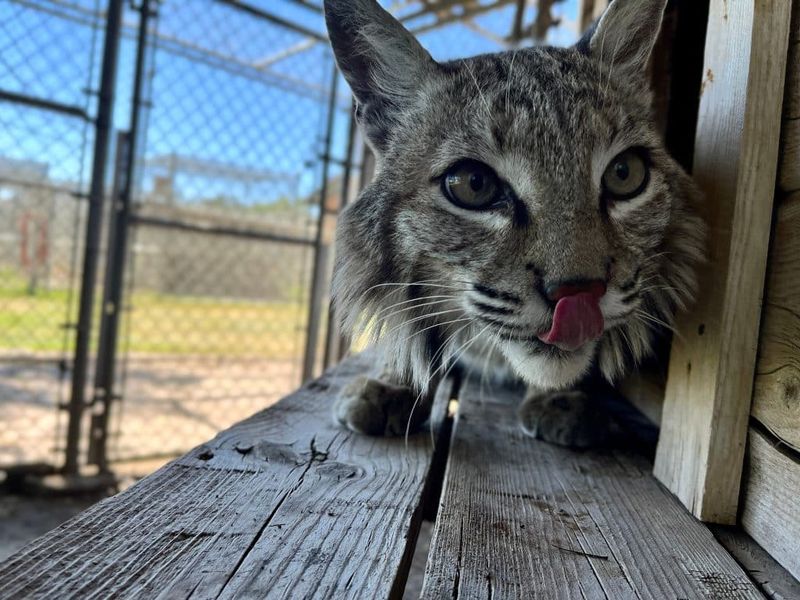
Even the ‘tame’ facade of bobcats is misleading. Equipped with sharp claws and powerful jaws, they pose a real threat.
In captivity, these attributes can result in unexpected injuries to unsuspecting humans or pets.
Many bobcat owners face the harsh reality of surrendering them once their true nature emerges, often when the animal reaches maturity.
Legal Restrictions

Before considering a bobcat as a pet, one must navigate a maze of legal restrictions. In many U.S. states, ownership is banned or heavily regulated.
Even where legal, it involves costly permits and specialized care. Many potential owners are unprepared for these responsibilities.
The legal landscape reflects a broader understanding of these animals’ needs and the challenges of domesticating them.
Conservation Efforts
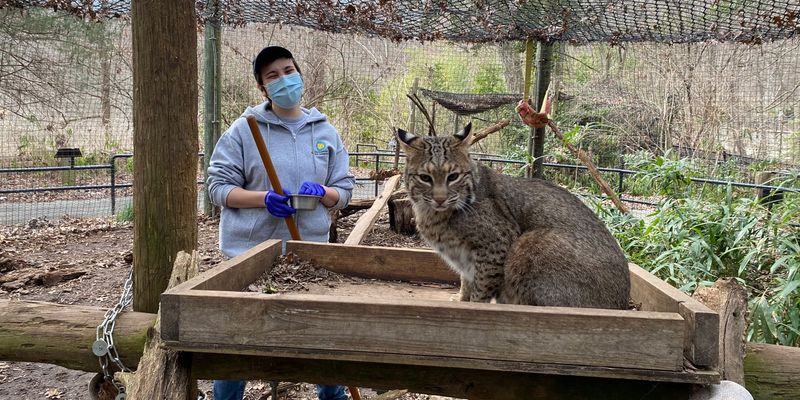
True love for bobcats is shown through conservation. Supporting efforts to preserve their natural habitat ensures they continue playing their ecological role.
Organizations work tirelessly to protect these magnificent creatures, allowing them to thrive in the wild.
Preservation is key, where bobcats aren’t just surviving but contributing to nature’s balance. Championing their freedom allows them to be the wild creatures they are meant to be.

